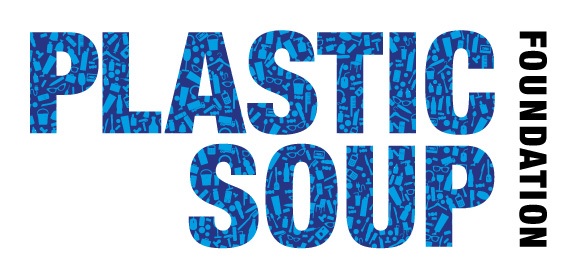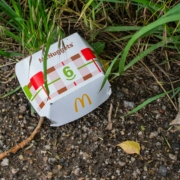22 December 2021
That foodstuffs in supermarkets are wrapped in plastic everyone knows. But that a lot of plastic is used in the production of food is largely unknown. In its Assessment of agricultural plastics and their sustainability. A call for action report, the United Nations Food and Agriculture Organization (FAO) draws attention to the relatively unknown problem of plastic usage in agriculture, aquaculture, fisheries and forestry.
The FAO emphasises the need for coordinated international action to address plastic pollution in agricultural products, while, at the same time, it is all hands on deck at the local level.
LARGE SCALE USE
As a cheap material, plastic has countless advantages for food producers. You can use it to make greenhouses or to cover the crops in the ground. Other advantages also include reducing evaporation, growing crops at low temperatures and reducing the use of pesticides and fertilisers. FAO estimates that in 2019, 12.5 million tonnes of plastic was used for food production worldwide. The forecast of the agricultural plastics industry is that the usage will increase by dozens of percent, with Asia as the biggest user, up to 2030.
A WIDE RANGE OF DISADVANTAGES
The biggest disadvantage is that after use, very little plastic is collected for processing. The plastic is left where it was, blows away and fragments into smaller pieces. In low-income countries in particular, huge amounts of agricultural plastics are incinerated, buried or dumped, leading to soil, water and air pollution. If there is any legislation at all, it is debatable whether governments are able to enforce it. No agreements have been made internationally.
FAO lists a whole series of potential negative effects of the unrestrained use of plastic:
- the plastic pollution of farmland can lead to reduced production;
- microplastics can enter our food as the smallest fragments are absorbed by crops and animals;
- larger pieces of plastic waste in the environment could be fatal for animals who ingest them or get entangled in them;
- endocrine disrupting substances in plastics could leak into the environment;
- plastics can be vectors of transport of pathogens as bacteria stick to them;
- incinerating plastic in the open air releases persistent toxins including carcinogenic dioxins; and
- given that agricultural plastics are made of fossil fuels, they contribute to greenhouse gases.
LOCAL APPROACH
The circumstances vary across locations, but these negative effects can be prevented by using the 6R model (Refuse, Reduce, Redesign, Reuse, Recycle and Recover). Some clear recommendations from the report include:
- eliminate the most polluting plastic products;
- replace conventional plastics with natural or biodegradable alternatives;
- promote reuse;
- improve waste management; and
- introduce producer responsibility on collecting and processing agricultural plastics.
INTERNATIONAL APPROACH: TWO SPEEDS
UNEA, United Nations environmental assembly, will meet next February to discuss an international plastic treaty with binding clauses. It could also contain clauses to deal with the problem of plastic pollution in food production. However, the process will take years and the problem is urgent.
The FAO report thus distinguishes between a short term approach and a long term one. According to the FAO, an international voluntary code of conduct needs to be compiled first and then – in the long term – converted into binding clauses in an international treaty. On top of this, existing international organisations such as the Basel Convention and the MARPOL Convention should also include additional clauses.
You may also be interested in:










